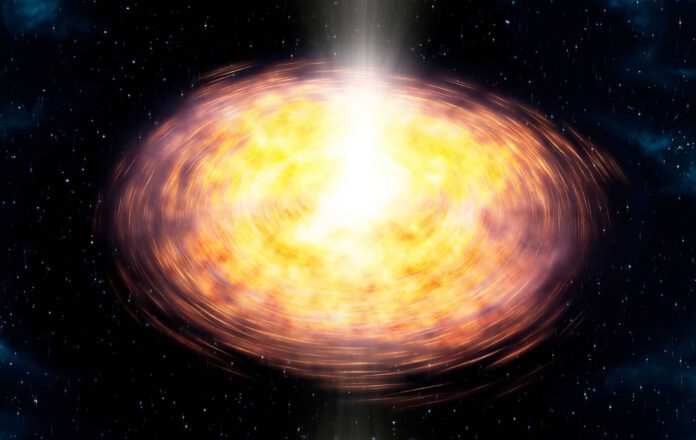
A question that has been occupying space scientists for decades centers around the origin of complex organic molecules in space. The James Webb Space Telescope has recently shed light onto this mystery, discovering that possible ingredients for habitable worlds are present in the early stages of proto-stars. This finding reinforces decades-old predictions based on laboratory experiments suggesting the occurrence of complex organic molecules in the solid phase of proto-stars.
Early Discoveries
The discovery is not unique. Other space telescopes have found evidence of these molecules in the past. For example, through Webb’s Early Release Ice Age program, various molecules were discovered in solid form in the coldest part of a molecular cloud. Under the right conditions, important building blocks for life, such as sugars and amino acids, can emerge from simple molecules on icy dust particles. These building blocks then may end up on new planets and in their atmospheres during later stages of stellar formation.
The MIRI Instrument
Now, scientists, led by astronomers from Leiden University, have taken a step further with the help of the James Webb’s MIRI instrument (mid-infrared). They took a closer look at the found complex organic molecules, confirming their presence in the ice. Specifically, they found acetaldehyde (ethanal), ethanol, methyl formate, and possibly acetic acid in the solid phase. Complex organic molecules consist of a minimum of six atoms, including at least one carbon atom.
Complex Molecules in Ice
The confirmation of the existence of these molecules in proto-stars is a significant development. The discovery feeds new insights into age-old questions like, “What is the origin of the complex organic molecules in space? Are they created in the gas phase or in ice?” The presence of complex organic molecules in ice suggests that chemical reactions in the solid phase on the surface of cold dust grains could build complex types of molecules, explains research leader Will Rocha of Leiden Observatory.
New Questions Arise
However, the discovery raises almost as many questions as it answers. The next step is to investigate the extent to which these complex molecules are transported to planets in the later stages of a proto-star’s evolution. It is already known that molecules in ice travel more efficiently from one place to another compared to their transportation in gases. It is possible that these icy organic molecules may end up on comets and asteroids elsewhere in space.
Simpler Molecules
It was also found that simpler molecules, such as methane, sulfur dioxide, formic acid, and formaldehyde, formed in the proto-stars. Sulfur dioxide gained particular attention from the scientists, who were curious about the so-called sulfur budget in proto-stars. This comes from the fact that sulfur is crucial for life on earth. All life on earth is built from six chemical elements, namely oxygen, hydrogen, carbon, nitrogen, sulfur, and phosphate. The human body is made up of more than 97% of these elements. Sulfur is utilized to make two of the essential amino acids from which proteins are formed. On top of these molecules, negative ions were detected which are part of crucial salts. The composition of the ice may therefore be much more complex than previously thought.
Proto-Phase of the Solar System
This discovery paves the way towards gaining more insight into the origin of life on earth. In this context, the proto-star with a low mass, IRAS 2A, was especially intriguing. It may resemble the proto-phase of our own solar system. The chemical substances in this proto-star were probably also present in the early stages of our solar system and were transported to our young planet.
“All these molecules can become part of comets and asteroids and eventually new planetary systems when the icy material is transported inward to the planet-forming discs,” says researcher Ewine van Dishoeck. “We look forward to following this astrochemical trail step by step in the coming years, with new Webb data.”











